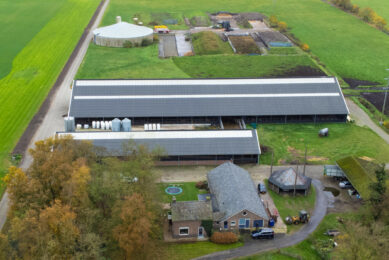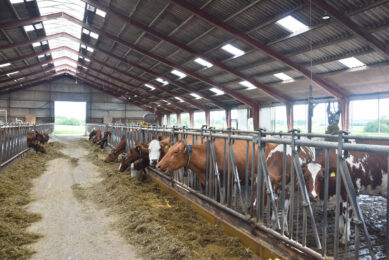Dairy farmers need different advice for the same issues
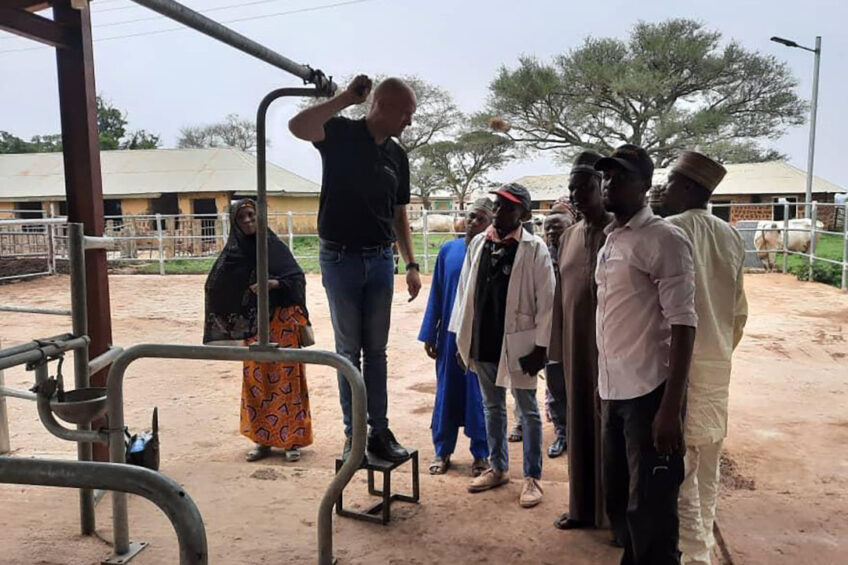
I have worked with dairy farmers in several different countries, on different continents, for the last 2 decades. As we all know, farmers are different but they have many things in common, too, other than the cows of course, within each country or region.
This can be explained in many ways, but the dairy farming system that the farmer works with has a lot to do with it. There are many other things that influence farmers, including culture, religion, land, weather, and much more. Since I started to work on the international scene as an advisor in dairy farm management, I have learned to appreciate the difference between farmers in different countries. One remarkable thing is that even though the advice I might be giving is exactly the same, sometimes I have had to ‘sell’ it in a totally different way depending on the person that is on the receiving end.
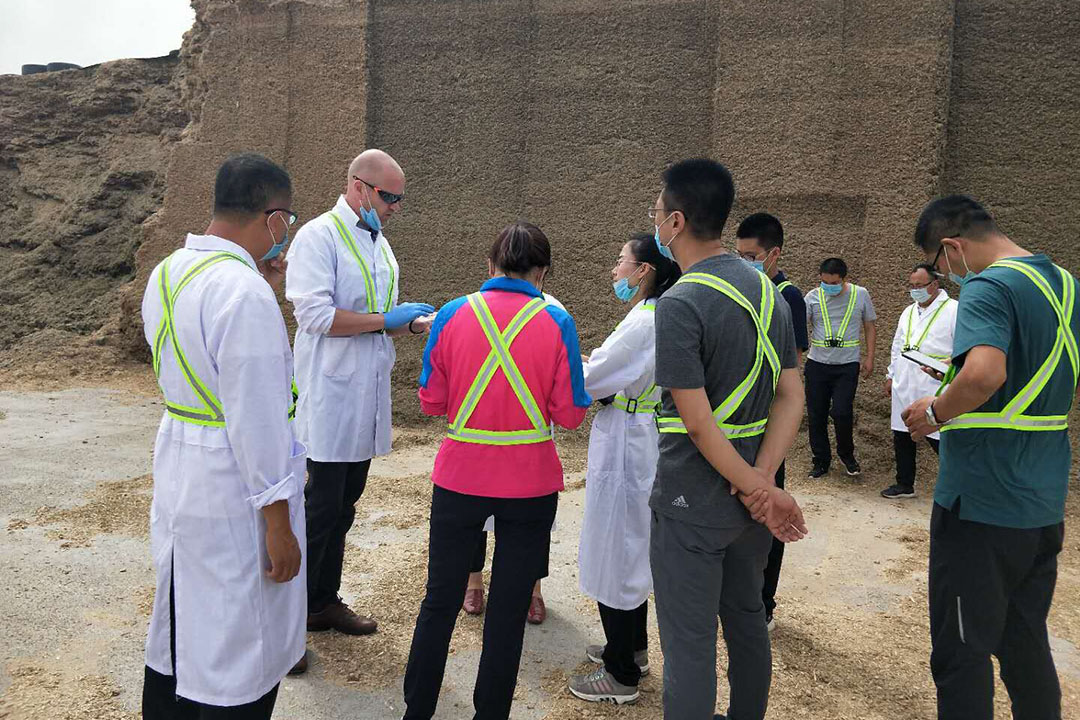
Adapting to different situations
The thing is that when you work as an advisor on the international scene, you need to adapt to different situations quite quickly. You need to be able to read the room and adapt because if you don’t I am quite sure the results or accomplishment of the work will not be as good.
What is it that makes the farmer listen and change his or her way of doing things? How do you reach him or her to get things done? For some it is seeing an increase in profitability, for others it is to be successful, and furthermore it could be about reputation – there are many more reasons.
We are all different and what gets us going depends on the person, education, culture, and so on. Some are farmers because their ancestors were farmers and the environment expects them to be farmers.
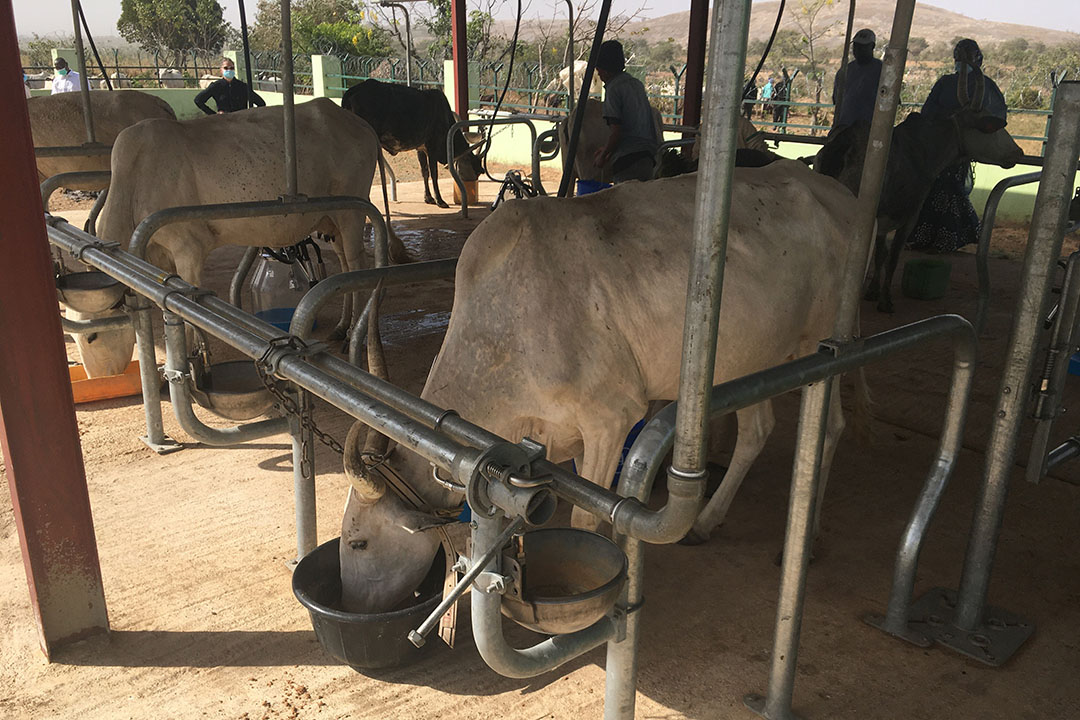
This is the case with many pastoralist farmers here in Nigeria. They are driven by culture and history and farm in a way that is not easily done in 2022. More and more farmland is now cultivated professionally and the space for pastoralist way of farming, moving around with the cattle in search for proper feeding grounds, is becoming limited and is challenging. The way out is to teach and train those farmers in dairy farming, based on cultivation of land, use of stables and so on.
From Denmark to China to Indonesia
So how to reach those farmers? When I was in Denmark, I mainly worked with farmers who had farmer education, good know-how of dairy farming and that were overally well-informed about what and how to do things, even though not all succeeded. Here, nudging was quite a successful way to get the results needed.
In China, the situation was quite different from Denmark as the farmers there and farm employees did not have farming education nor did they have a lot of experience within dairy farming. What they did have was the willingness to change and openness for changing their way of working. They did not have any history of how to do things so there I got best results by almost giving direct orders on what to do with the explanation on how the change would affect the bottom line. Many of the farmers I worked with in China started changing before I even left the farm. In both those above-mentioned countries, I worked with well-established farms with hundreds or thousands of cows.
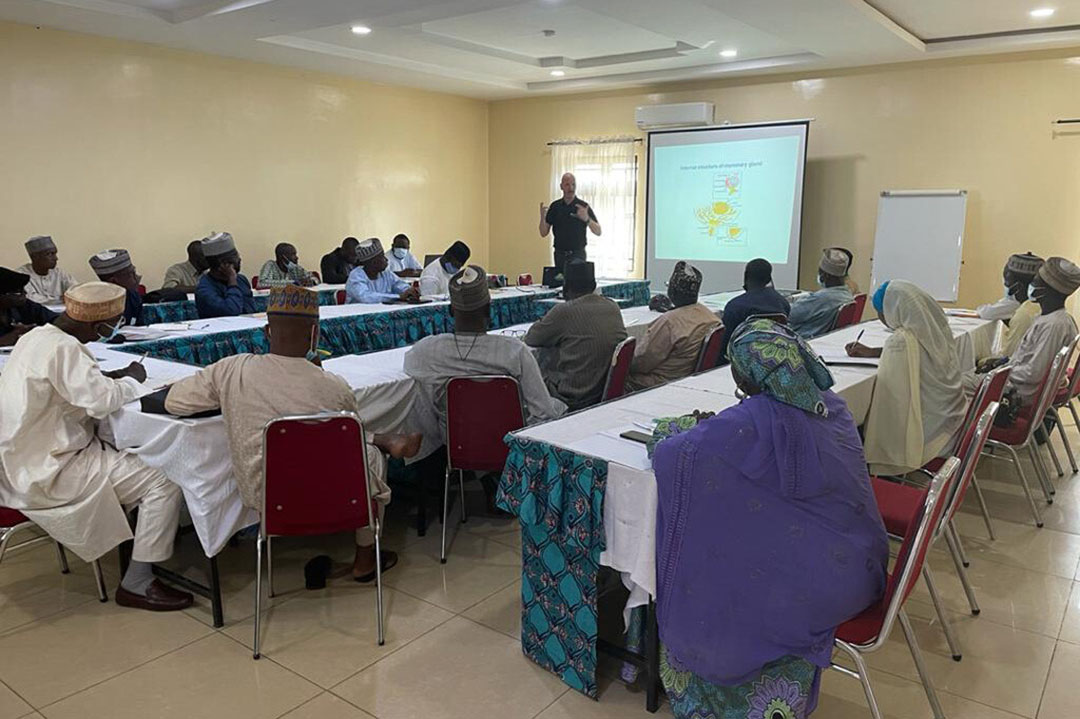
In Indonesia, most of the farmers do not have many cows but want to improve. Here, the advisory work became a bit trickier, as the farmers I worked with there had quite a different approach than in the cases mentioned above. The reason was simple: the cows belonged to the man and the milk to the woman of the household. So my advice on reducing the number of cows and increasing the yield instead did not give me any applause from the men. Here I had to work with the fact that culture had a great impact on the way dairy farms operated in the country.
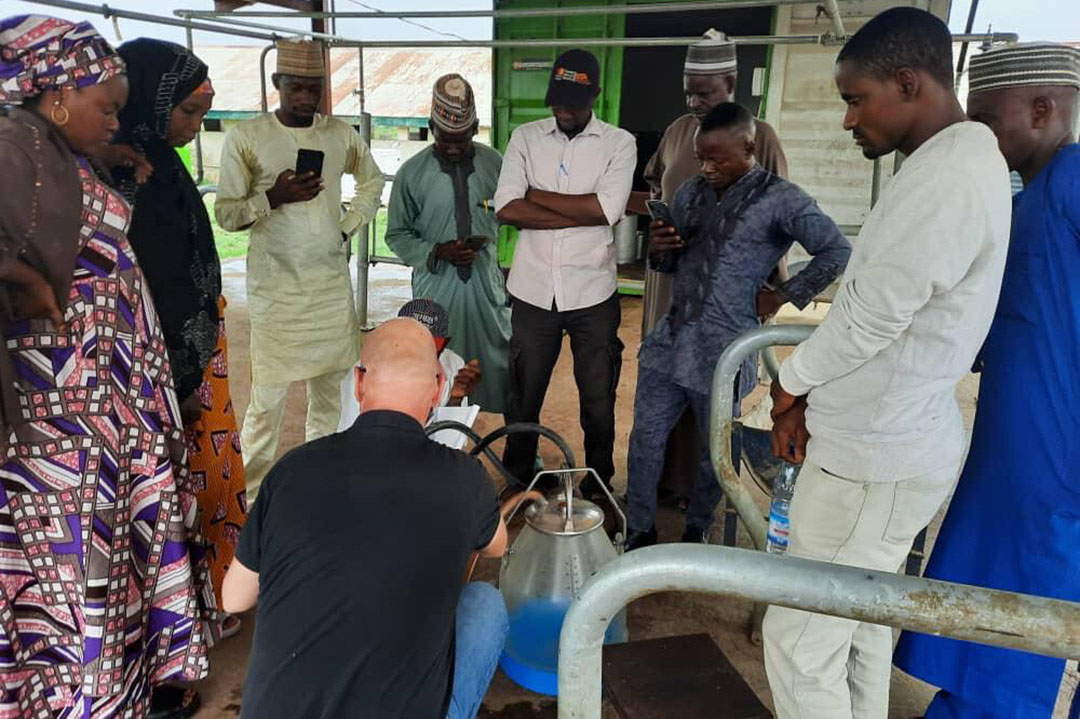
Back in Nigeria
This leads me back to Nigeria where industrialised farms are being built up in the same way we see in many other countries. It is still too early to say what kind of advisory tactic will work best here, but I have no doubt in my mind that we will face great challenges when farmers, who are used to being pastoralists, start to settle down and stay put with their animals and families.
The future will tell how best to reach those farmers but I have no doubt that it will be possible to get them the advice they need, it is just a question of finding the right way to bring across the message on how to improve and get the best of the cows. The thing is: cows are the same, no matter if you have 1, 10, 100 or 1,000!




